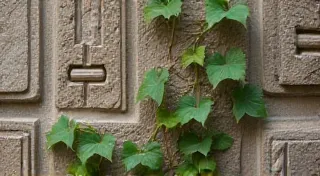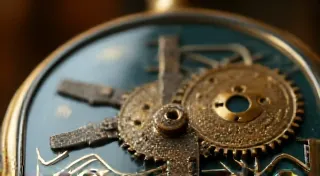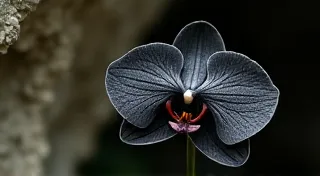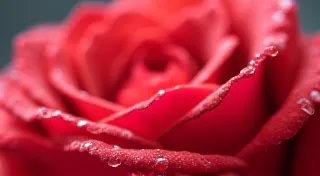The Azure Labyrinth: Deconstructing the Myths of Left-Handed Skill
There's a particular resonance I find in antique accordions. Not just the sound, though that’s certainly captivating – a melancholic waltz, a boisterous polka, all contained within bellows and keys. It’s the sense of history, the knowledge that countless hands have coaxed music from them, each performer leaving an invisible fingerprint on the instrument’s soul. Each note carries a narrative, a life lived, a story told. And, for a left-handed calligrapher, that feeling of navigating a pre-existing, often challenging, system feels remarkably similar.
For too long, the world of calligraphy has been framed through a right-handed lens. We're fed images of graceful strokes flowing effortlessly, demonstrations perfectly adapted for a dominant right hand. And for left-handed individuals, a quiet anxiety often settles in – the feeling that we are somehow inherently *less* capable, that the beauty of calligraphy is simply beyond our reach. It's a feeling rooted in a historical disadvantage, a subtle form of exclusion that echoes in so many areas of specialized craft.

The Historical Hand: A Right-Handed Legacy
The historical dominance of right-handed tools and techniques isn't a conspiracy; it’s a consequence of centuries of design based on a majority right-handed population. Early writing implements – quills, styluses, even early pens – were held and used primarily by right-handed individuals. This isn’t to suggest a deliberate effort to exclude lefties, but the natural evolution of design inevitably favored the majority. Consider even the simple layout of printed letters – many traditional calligraphic alphabets are structured in ways that favor a pull motion, which is naturally easier for right-handed users.
It’s also important to remember that in many cultures, left-handedness has historically been viewed with suspicion or even negativity. The word "sinister," derived from the Latin word for left, reflects this bias. While these prejudices have thankfully diminished, their lingering effects can subtly impact self-perception and confidence, especially when tackling a skill as nuanced as calligraphy. We internalize these whispers, and they become part of the labyrinth we navigate. Sometimes, understanding the historical context can feel almost as essential as mastering the techniques themselves—a process akin to understanding the soul of a beautifully restored antique accordion, each imperfection telling a story of time and perseverance.
The Smudging Struggle: A Left-Handed Reality
Let's address the elephant in the room: the infamous ink smudging. For those unfamiliar with the left-handed calligraphy experience, this might seem like a trivial issue. But for us, it's a constant, frustrating battle. The act of writing, for a right-handed person, involves pulling the pen across the page. This action cleanly lifts the ink from the nib. For left-handed individuals, however, we's pushing, dragging the pen directly *into* the wet ink, essentially re-applying it to the page as we write. This results in the dreaded smear, a visible reminder of our ‘difference’.
The frustration isn't merely aesthetic; it’s a constant disruption of flow. It breaks the rhythm of the stroke, hindering the development of a fluid, confident hand. It can lead to tense shoulders, stiff wrists, and a general feeling of being at odds with the tools and materials. Many left-handed calligraphers find themselves defaulting to lighter inks, attempting to speed up their strokes, or even avoiding certain lettering styles altogether – all attempts to mitigate the smudging problem. It's a challenge that requires a deep understanding of how materials interact, and often leads left-handed calligraphers to explore alternate approaches, sometimes inspired by a desire to imbue their work with a uniquely personal narrative. Indeed, understanding the nuance of storytelling in calligraphy is as important as finding the right tools to combat smudging. The creative journey often involves exploring the balance of light and shadow, much like the meditative process of The Umbral Bloom: Calligraphy as a Meditation on Darkness and Light in the Left Hand.
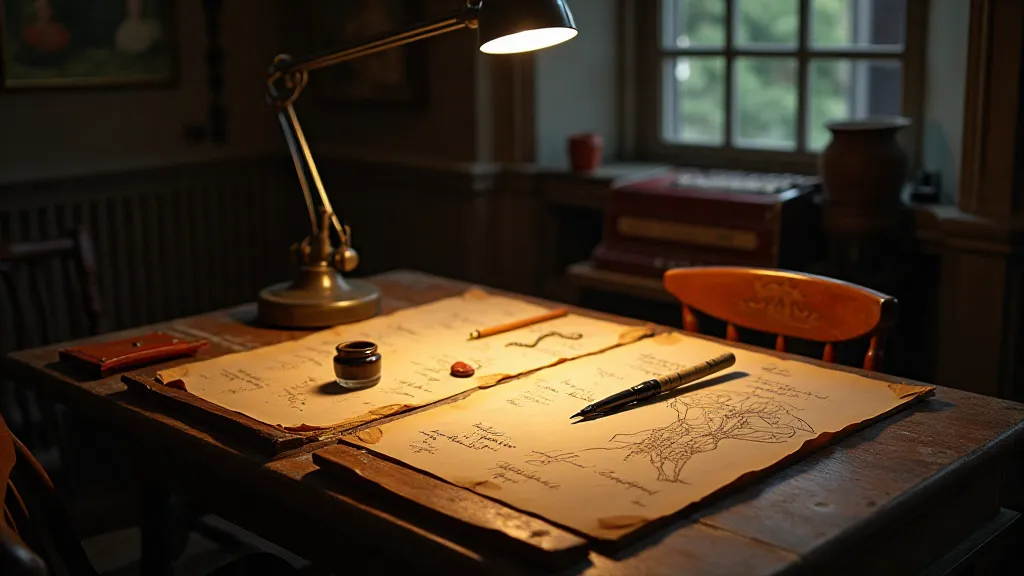
Reclaiming the Craft: Techniques & Tools
But here's the empowering truth: the challenges we face as left-handed calligraphers are not insurmountable. They simply require adaptation, experimentation, and a willingness to rethink established practices. It’s about recognizing that the ‘right-handed’ methods are not the *only* methods. It's about forging our own path. It's a path that may involve delving into diverse approaches to find one's own rhythm, much like a musician seeking a unique tempo and signature within a classic piece. Finding that signature can be as simple as adjusting the pen's angle, exploring different paper types, or adopting specific inks.
There are numerous techniques that can significantly reduce smudging. One of the most effective is adjusting the angle of the pen. Tilting the pen away from the writing surface allows the ink to deposit onto the paper without being dragged across it. Experimenting with different paper types is also crucial. Smoother papers tend to smudge less than rougher ones. And, of course, the type of ink matters. Fast-drying inks are a must. Sometimes, however, simply understanding your tools and the way they interact can be the difference between a frustrating mess and a breathtaking piece of work. This careful consideration and methodical approach resonates with the dedication and care needed to master even seemingly simple skills – a dedication often mirrored in other artistic pursuits, such as the meticulous process of restoring antique instruments.
Regarding tools, investing in left-handed calligraphy tools is becoming increasingly common. While dedicated left-handed pens are less prevalent than right-handed ones, certain pen designs lend themselves more favorably to a push stroke. The key is to find what works *for you* – what allows you to feel comfortable, confident, and in control. This search for the perfect tool can be a journey in itself – a quest for the right resonance, much like a calligrapher striving for a perfect stroke or a musician seeking the perfect tone. Learning to move with grace and precision, even when battling historical limitations, is a testament to the power of human ingenuity.
The Joy of Restoration: Echoes of the Past
Interestingly, the meticulous process of restoring antique accordions, much like mastering left-handed calligraphy, demands patience, precision, and a deep understanding of the craft's history. The careful cleaning of bellows, the re-gluing of cracked wood, the re-voicing of reeds – all require a reverence for the instrument's past and a commitment to preserving its unique character. And, like a left-handed calligrapher learning to overcome challenges, a restorer learns to adapt and innovate, finding new ways to breathe life back into a forgotten treasure. The entire process speaks to the cyclical nature of art, where tradition is both preserved and reimagined through the hands of skilled artisans.
The parallels extend to the joy of collecting, too. Admiring a beautifully restored accordion, appreciating the craftsmanship and the story it holds, mirrors the satisfaction of creating a piece of calligraphy, a tangible expression of skill and artistry – even when achieved through a slightly altered approach. And sometimes, that altered approach is just the key to unlocking a unique creative voice.
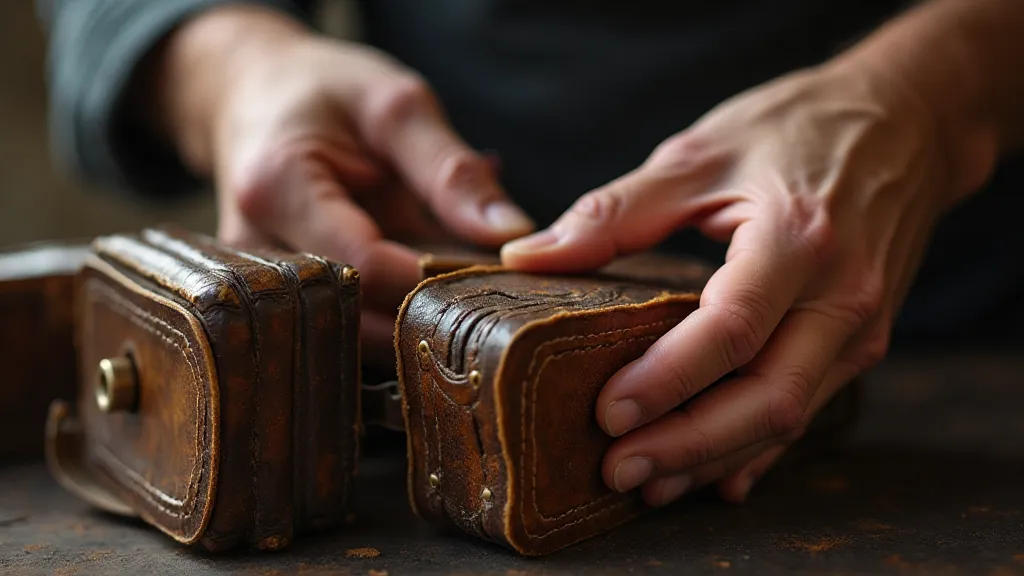
Finding Your Creative Flow
Ultimately, achieving a sense of mastery, regardless of whether you're a calligrapher or a restorer, is about discovering your unique rhythm. Exploring the intersection of tradition and innovation can lead to profound breakthroughs. To learn more about developing your own creative style, consider delving into The Chronometer's Echo: Mastering Rhythm and Flow in Left-Handed Copperplate Script.
If you’ve been inspired to explore your own creative journey, consider looking at The Alchemist’s Gradient: Mastering Shade and Depth for the Left-Handed Script or The Verdant Script: Integrating Botanical Elements into Your Left-Handed Calligraphy to learn more about tapping into your inner rhythm and creating pieces that truly resonate with your unique voice.
